As I sit here and write this post, it’s currently 11am on Sunday 20 August, and this morning the new ‘South Western Railway’ brand took over from one of Britain’s very first privatised TOCs, Stagecoach’s South West Trains. Gone are the vibrant, bright, bold Stagecoach Group colours, courtesy of Ray Stenning and his Best Impressions team, and in it’s place is a sort-of ‘nothing’ brand. Here’s the new SWR logo, showing how it is drawn from the network’s route map…
We're the new South Western Railway, here 24/7 to help you on your journey. #TheJourneyStartsHere https://t.co/FrXBKajypO pic.twitter.com/4Is8XBk3U8
— SWR Help (@SW_Help) August 20, 2017
So why, you might ask, has First MTR (who have taken over the franchise) binned the familiar SWT names and colours and gone for something so… well… dull? Admittedly there’s the issue that SWT was branded in Stagecoach’s corporate colours, but why isn’t the new brand called ‘First South Western Railway’? and why the sudden rush to remove corporate names from trains and branding across our great British rail network? What’s with the seeming lack of colour and personality? Well, let’s first talk about what ‘privatisation’ actually means and where these brands have started to come from…
As many of you know, the whole notion of the UK rail industry being privatised isn’t totally true. Don’t believe me? Well here’s a very brief explanation… (deep breath!…)
The government (and therefore the tax payer) still own all the stations and track (through Network Rail) and the ROSCOs (rolling stock operating company) own pretty much all the trains (who in turn are largely owned by banks or investment companies).
The stations and train services across all UK regions, routes and lines are grouped and placed into franchises. Private companies (largely big transport conglomerates) then bid on a fixed-term basis, to run one of the franchises as a TOC (train operating company). These TOCs staff the stations and operate the trains, based upon rules the government get to define (including things like ticket types, fares and timetables). Technically, the TOC is also still a government owned business, but run by the private company for the length of the defined term. After which the franchise is re-let and the TOC (and all its staff) possibly handed over to someone else.
As part of their deal, the private companies are given limited freedoms to run their franchises as they see fit, in return for paying the government a healthy fee (and profit share) of course. Some subsidies are offered to the companies to run certain services or meet certain goals, plus incentives are added for good performance, and they can also take a profit after things like track access fees, staffing costs and train lease fees have been paid.
And that’s putting it all very simply. Frankly, it’s a bit messy, but mostly, not really privatised in the true sense of the word.
So, when we take a look at the railway ‘brands’ we’ve had in Britain those we’ve had over the years, it should be a government focused sea of design mediocrity, driven by a succession of franchises handing over from one company to another, right? Well, not quite.
With a few exceptions, these private companies have actually been very proud to splash their names up the side of trains, trying (sometimes successfully, sometimes not) to improve their identity, boost their brand, and become synonymous with great value, excellently-operated rail travel (which would, in turn, attract more people to their services).
Arguably, the most successful example of this is Virgin, who entered the industry in 1997, just after privatisation occurred, taking control of both the Cross Country and West Coast franchises and their associated TOCs. They had ambitious plans and wanted to make their brand a key part of the industry’s future.
 An newly Virgin branded ex-British Rail HST departs Wakefield Westgate
An newly Virgin branded ex-British Rail HST departs Wakefield Westgate
The first few years were rocky. Well, in honesty, they were pretty terrible. Customer confusion and incoherence reigned as a multitude of new train operators were separated from their nationalised mother-brand. The nationwide rail network infrastructure was also plucked from what remained of the British Rail bones and gifted to a newly-formed entity ‘Railtrack’, which very quickly built itself a reputation for ineffective working and general mismanagement. The result being that Railtrack under-maintained the old-and-worn-out network and saw its final legacy become the fateful Hatfield rail crash. Suddenly the DfT and, in turn the government, had to sit up and take serious note. Railtrack went, Network Rail arrived and a promise of bigger and better things was made.
Virgin were quick to embrace this want for change, proclaiming big plans for new trains and a sense of style the railway hadn’t seen for years. Skip forward some nearly 20 years and with Pendolinos and Voyagers on the tracks, more services (and at a greater frequency) on the West Coast Main Line than ever before and nearly triple the number of passengers travelling on trains every year, it seems those ambitious plans have come to fruition.
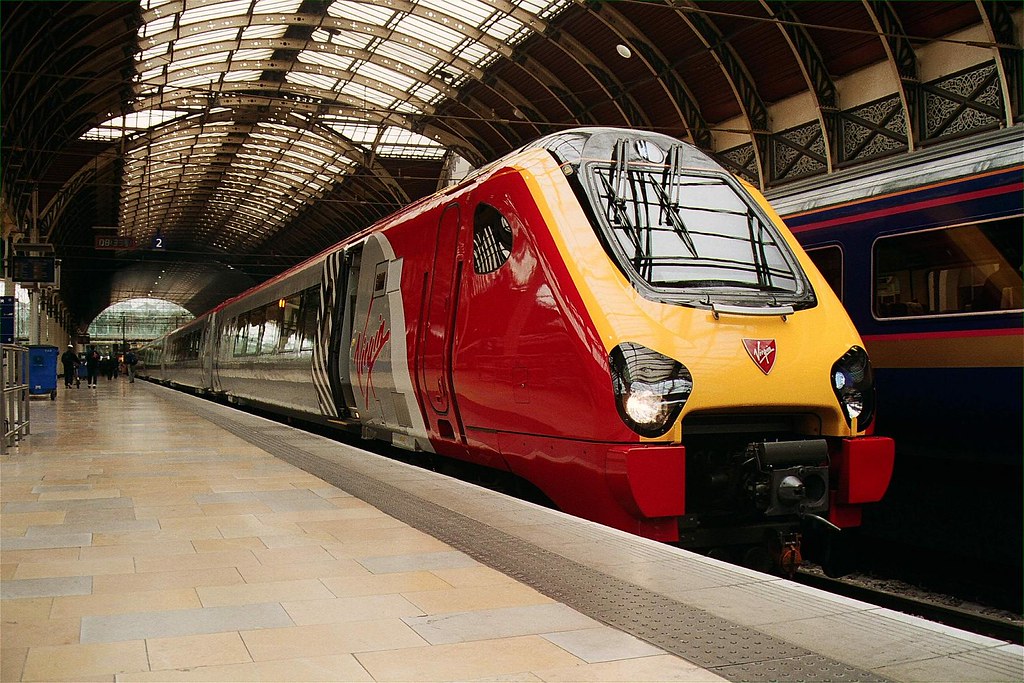 Virgin Voyager waits to depart London Paddington
Virgin Voyager waits to depart London Paddington
Sure Virgin aren’t always perfect, but in an industry where surly attitudes and lack of empathy can sometimes be seen as commonplace, they have tried to show it doesn’t always need to be that way. They have been key in introducing little changes like complimentary First Class food and a shop on board that allows you to walk in and pick your own snacks (rather than a traditional counter service). Bigger changes like electronic seat reservations and streaming on board entertainment. Even proper industry-changing innovations like tilting ‘Pendolino’ trains (following on from BR’s attempts with the ATP) and selling tickets over internet (Virgin were the first to embrace the internet, in that they set up Britain’s first online train ticket retailer, thetrainline.com). Like them or not, you’d be hard pushed to argue against the fact Virgin has upped the levels of customer service across the industry and made other operators raise their game to catch up – in turn shifting the perception of rail travel and taking on the cars, coaches and planes that were beginning to run rings around the latter days British Rail.
 Virgin Pendolino tilting trains at Stafford
Virgin Pendolino tilting trains at Stafford
The whole industry has a long way to go, but the attitude towards it now compared to the early days of privatisation show a marked improvement, and passengers numbers back that up.
As their business on the rails has grown, so has Virgin’s brand. To the point that when the government awarded the West Coast franchise to First Group in 2012, the public were quick to react, claiming they wanted ‘their’ Virgin branded trains to stay (although a helping hand from Richard Branson & Co, who rightly pointed out the failings in the DfT’s figures, might have driven that too).
 Connex (a name no longer in the industry) South Central Class 319 arrives at East Croydon
Connex (a name no longer in the industry) South Central Class 319 arrives at East Croydon
However, where Virgin have succeeded, many have failed. Famous transport names like Connex, First Group and National Express have tried to use their corporate names to build their ‘brand’ in the industry, and most have come to represent negative experiences and expectations. But it’s not just poor customer service that can drive this failure, with franchise lengths dropping over time from an initial 15-20 years to more like 10 years, by the time an operator has painted their trains in their new ‘brand’ and tried their hardest to build a name and reputation around it, the next franchise holder is upon them and the whole process begins again. It’s massively expensive, it largely confuses customers (a good percentage of customers still believe CrossCountry is run by Virgin for example) and it means all the hard work operators do to build brands, is largely trashed at franchise end.
 CrossCountry Voyager, would you know it wasn’t Virgin?!
CrossCountry Voyager, would you know it wasn’t Virgin?!
With that in mind, the current trend of operators dropping their corporate names in favour of newly created ‘franchise brands’ (largely using just franchise names themselves) isn’t much a surprise. You can build advocacy around your new brand and leave your name out of it in case it takes a turn for the worse (indeed many people have said this is why First Great Western renamed themselves as GWR – in order to drop the ‘First’ name, which over time has come to represent poor service and delays – Worst Late Western anyone?!). The truth, however, is that this is actually being driven by the DfT, and in turn, the government.
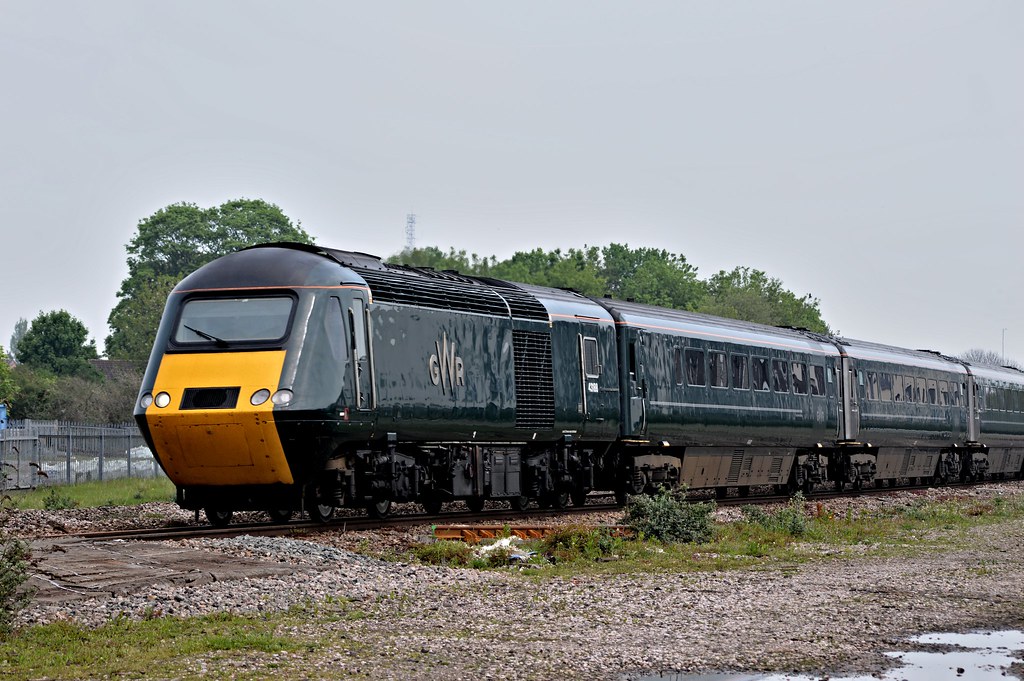 Newly painted, newly named, GWR HST approaches Taunton
Newly painted, newly named, GWR HST approaches Taunton
In recent bids, the DfT are now pushing operators to (and quoting from the last few freely available franchise initiation to tender documents online)… “Use branding to maximise the value of the franchise whilst having regard to the overall costs and benefits of branding including, where practicable, enhancing the franchise brand so that it could be used by the successor operator and its successors, as well as limiting the costs of de-branding at the expiry of the franchise”.
Sounds like a great idea. Less costs for both current and future franchisees, less confusion for customers and creating brands that can stand the test of time. But, is it actually such a good thing for the future? The new franchise requirement could mean that the rail brands we have now are largely it. So although GWR might be operated by First now, if it passes to another operator, the name, colour scheme and brand will stay as is.
In GWR’s case, it’s not a bad thing as it’s a well-created, well-crafted brand (thanks Pentagram!), but could the same be said for the newly-created Greater Anglia, Thameslink, Transpennine Express and Northern brands (amongst others), and the new South Western Railway brand? In my mind, each of them have an air of ‘hurried’ creation around them – done to ‘put something on the train’ when they launched, rather than properly, consistently and coherently thought out, with an eye on detail and what they could become in the future.
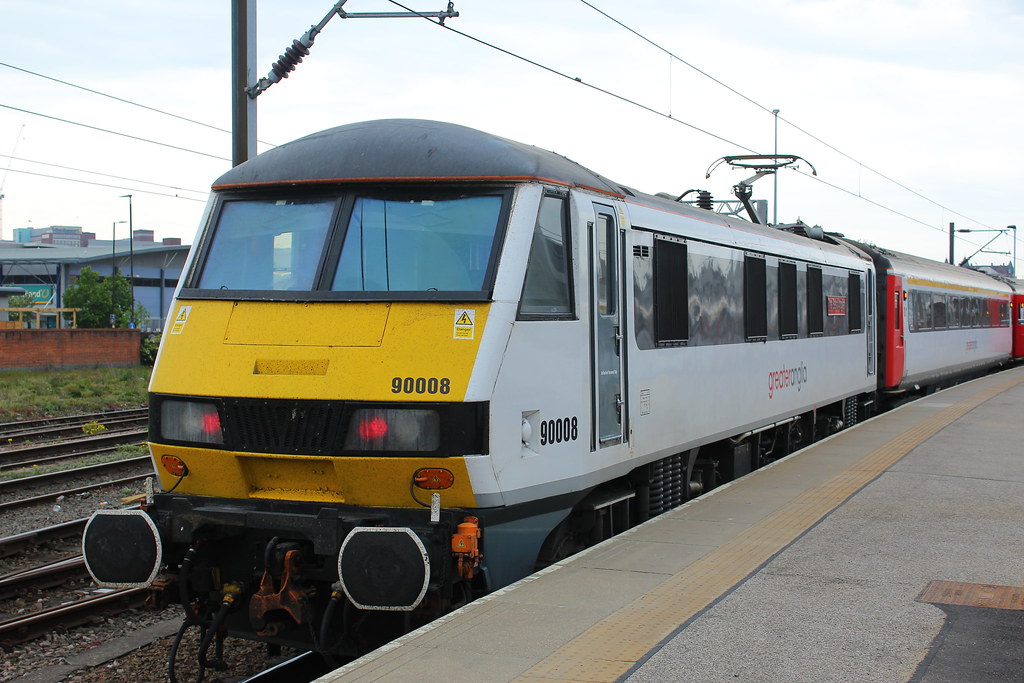 Greater Anglia Class 90 sits at Norwich. Inspirational livery? Hardly.
Greater Anglia Class 90 sits at Norwich. Inspirational livery? Hardly.
To me, it’s a great source of irritation, and a massive piece of underselling. I firmly believe creators of these new brands have a responsibility to move the industry forward, produce something that pushes its image, attracts people from their cars and tempts them down from their planes. It’s simply not good enough to create something that will ‘just do’. We need to stick two fingers up to the notion that the rail industry is filled with a group of stuffy, stuck-in-the-past companies that run trains to line their own corporate pockets and don’t care about customers. I know that might sound harsh, but in some cases, it can appear to be alarmingly true. We need to show that rail can be the most customer-friendly, future-focused industry in the UK, powered by both passion and personality… you may smile at that thought but seriously, why can’t it?!
It’s at this point I hasten to point a finger towards our bus operating colleagues. There’s plenty of examples out there at the moment of local and long-distance operators pushing design boundaries, playing with new materials and innovations to tempt people out of their cars and onto their buses. Transdev Blazefield’s CityZap, ‘36’ and Yorkshire Coastliner, Stagecoach’s ‘Gold’ sub-brand, First Kernow’s Tinner and Reading Buses Orange route, all sport a combination of new, quiet, efficient, mood-lit, well-trimmed, attractively-designed buses. Heck, even that bastion of UK long distance travel National Express offers a smart, timeless exterior design, high-speed Wi-Fi, leather seats and streaming onboard entertainment. If these guys can give it a go, and succeed, why can’t those bound by rails?
I also believe design issues are already starting to appear with some of these new franchise brands too. The new Transpennine Express livery has obviously been designed for a Hitachi AT300 and then shoehorned in to fit on a Class 185 (meaning it just doesn’t quite work), Thameslink decided to change their logo not a year after their franchise launch (pushing them further apart from their Great Northern stablemate) and both Greater Anglia and Northern decided on predominantly white liveries, meaning that even if they get their mops and buckets out to clean their trains regularly, one long distance trip in the winter will see them filthy and discoloured (not a good image for a new franchise).
 Transpennine Express Class 185 at Doncaster. To me, the livery doesn’t quite work for the shape.
Transpennine Express Class 185 at Doncaster. To me, the livery doesn’t quite work for the shape.
Recently, I’ve been lucky enough to take a glance a copy of the newly re-published British Rail identity manual (stunningly recompiled and republished by Wallace Henning) and it’s obvious to see how much thought, time and effort went in to crafting the now world-famous British Rail identity, with every element considered, future thinking and expansions planned and a unique, all-encompassing, iconic style delivered in a way that would stand the test of time. Every little detail mattered to British Rail, in a way that it seemingly doesn’t as much today.
So with these franchise brands possibly being the brands we will see on our railway for the foreseeable future, questions need to be asked… are they what we want? Are they conveying the image we want to see on our world-famous rail network? Are they pushing us forward and standing us up against other transport modes? How will they stand up to the test of time? What if one operator irreparably damages the ‘franchise brand’? (e.g. Southern). How would a new operator ‘fix’ a broken brand without throwing it away and starting again? The DfT are effectively creating a series of ‘nationalised’ brands with operators hidden behind them – and to me that sells short the true wonder of our rail network.
Over the years we’ve had worldwide brands such as Virgin proudly splashing their names up the side of trains, we’ve had brand innovations across our network (think back to the likes of the ‘ONE’ brand, in which National Express tried to link up three operators under one unique brand name and identity – in the end it flopped and they switched the far-safer ‘National Express East Anglia’ but for its time, it was something new, something different) and we’ve had some quirky names here and there too (Silverlink or Northern Spirit anyone?). Could this new ‘franchise brand’ change effectively mean that the names and idents we have now, are what we’ve got, forever? If so, to me, that’s a shame.
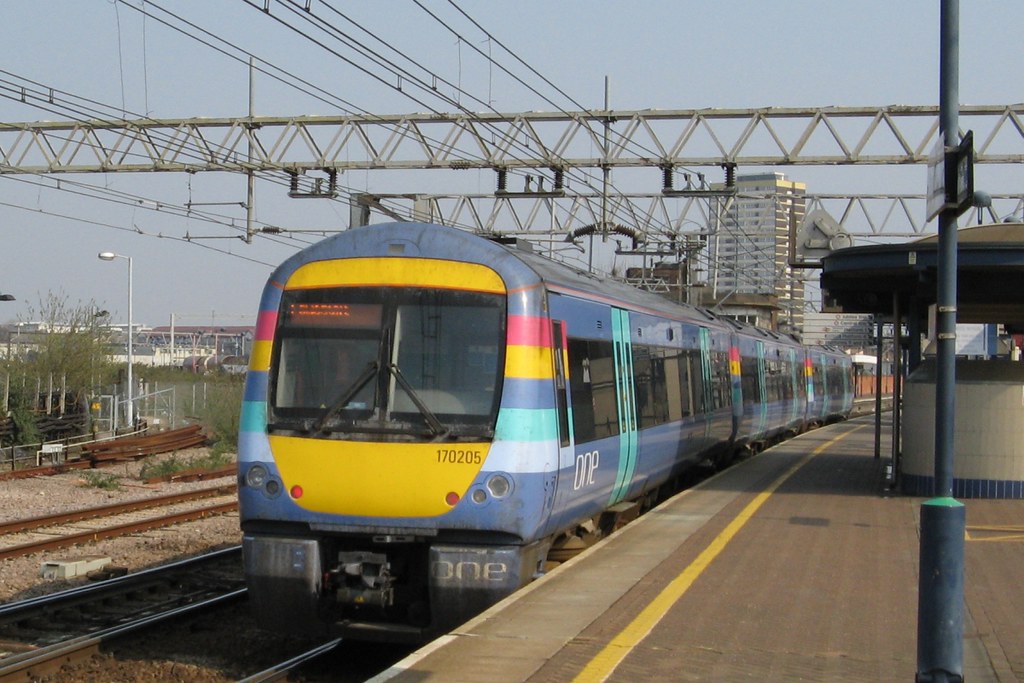 ‘ONE’ branded Class 170 at Stratford, not a great livery, an innovative idea though!
‘ONE’ branded Class 170 at Stratford, not a great livery, an innovative idea though!
One of the great attractions to the railway for me has been the diversity, difference and style each company has tried to stamp on its franchise. It’s made our railway one of the most colourful and brand-led networks in the world. But on the flip side, it’s made it one of the most disjointed for customers too.
In the end I guess I can see both sides. The railway businessman in me sees both the benefit of creating brands customers can start to live with, relate to and trust, and the fact operators don’t have to keep repainting trains and stations every few years… but the railway creative in me sees that as the biggest disappointment. The excitement and buzz of a new livery, a new name, a new set of colours and a new attitude was my favourite thing about franchising… so now, for me at least, and possibly for the customers of the new South Western Railway, the future looks a little duller.
So, what do you think? Is this the way the rail industry should be heading, should private operators be a little more daring and different with their identities and how much of a role should the government have in deciding upon branding, logos and liveries?
Write in the comments below, or drop us a tweet – @transportdsn and @samjessupdesign!

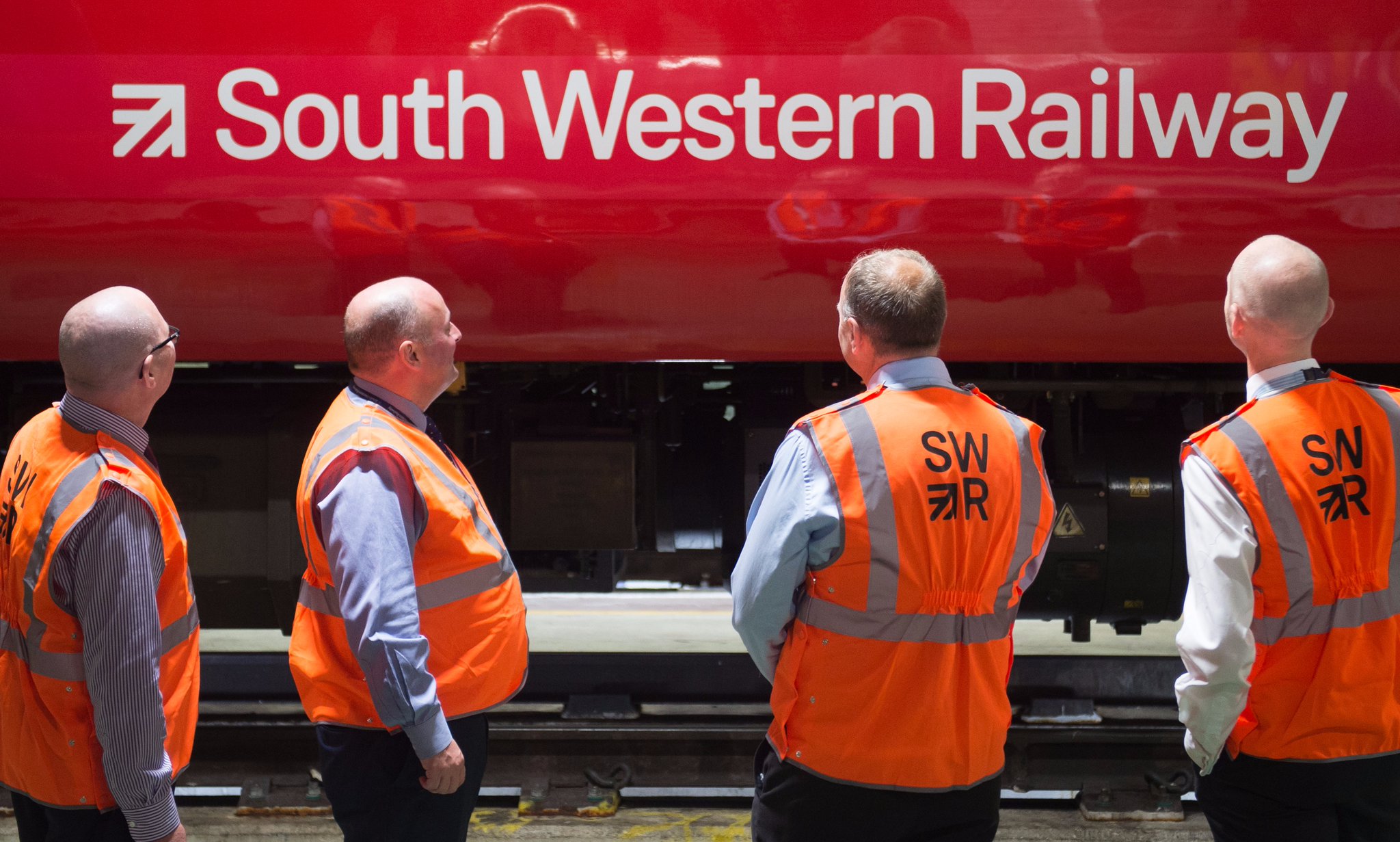

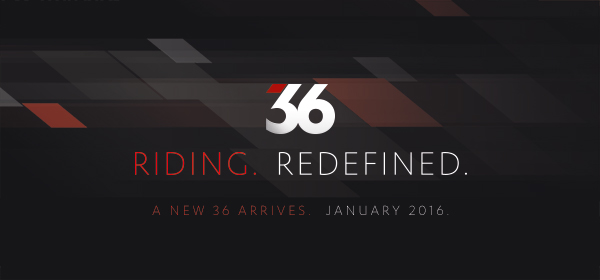
5 Responses
Fascinating and insightful stuff, which I really enjoyed. Although you’re right in saying that the DfT is trying to push franchise operators to develop brands that could be handed on to the next operator, I don’t believe it’s actually compulsory. If I remember right, DOR-operated East Coast’s brand was made available to the next franchisee. It was, however, irredeemably rubbish. Very sensibly, Virgin Trains East Coast dumped it in favour of Virgin branding, which is much easier to build a customer-attracting business proposition around. So I think future franchisees of other opearations would still be free to dump brands like Southern which (sadly) have become associated with negative attributes, and develop new brands.
And although it’s a small thing, I really like the 185s in the new TransPennine Express branding and I think it sits fine on them (each to their own, I guess). It’s just so spiky and edgy as a branding, it’s quite unlike anything else on the railway.
Cheers Daniel, yes understand they’re not compulsory, but there seems to be a worrying trend of operators going with them because, I dare say, it ‘pleases the department’ – and actually helps their bid chances – personally I think that’s a major contributing factor to them appearing as much as they are! (I’m happy to be wrong on that though!)
The Virgin example is a particularly apt one (and not surprisingly one I champion profusely!), Virgin have always been proud to use their brand to sell train travel – and have done it well – whereas the rest of the industry is, by and large, focused on train first, brand second. As much as I agree and realise customers have a right to great trains, great service and consistent quality with whomever they travel, if the goal is to grow the industry by attracting people out of their cars and off their trains, running around with brands that essentially mean nothing, don’t really do that. Rail needs to hold it’s head up proudly and proclaim its greatness, not be so bland you have no idea where or with whom you’re travelling. We need to inspire travel not just by saying ‘we’ll get you there’ but by making it a genuinely desirable experience. We need bigger names, better brands and bolder steps, not just appealing to the captive market (although I do see that as important too of course!)
And yes, we do differ a little on the TPE 185s… I can’t help but feel all those spiky edges just don’t quite work on something so flat fronted… however I did see one this morning, and I stood there for a while studying the design, the angles, the negative spaces… and it’s kinda grown on me – although just the fact that it is different, in my book, doesn’t necessarily make it a good design. Will look excellent on AT300 though, that I will admit!
“With franchise lengths dropping over time from an initial 15-20 years to more like 10 years” – this statement is factually incorrect; you can’t build a thesis based on it! The majority of the original franchises (1996-7) were 7 years long, with a few 15 years and maybe one or two oddballs. The interpretation was easy: 15 years = new trains, 7 years = no new trains (Chiltern was the exception for the 7-year group, although you could say that 12 vehicles hardly counts and the economics were unique and based on BR/NSE price rises which justified the investment). Despite enthusiasm, there was only ever one 20-year franchise (Chiltern again, when M40 Trains retained the operation).
Disclaimer: written from memory!
Thanks for the fact check Balthazar, I guess I need to be more careful with my sweeping statements and re-examine my knowledge on the subject, appreciate your feedback.
I still stand behind my reasoning though… franchise length directly affects the type and amount of branding of unique branding a TOC will do, and how different or exciting they may want to be. Plus with the ‘more cost effective’ DfT option of creating a brand that stays with the franchise after (or if) it passes to a new owner means there is less appetite for creating brands that would then have to be removed or replaced at the end of the franchise.
Also, as you probably know, the DfT has messed around with franchise dates, extending and changing them fairly sweepingly over the last 5 or so years – meaning the ‘status quo’ for a lot of franchise branding is easier and more cost effective than changing, developing or rebranding. Not saying I don’t see what they do this (I would do the same, it makes good business sense), but I just think that’s another reason ‘nationalised’ brands have become to appetising to companies.
“franchise length directly affects the type and amount of branding of unique branding a TOC will do, and how different or exciting they may want to be”
Hmm. As mentioned above, the only really long franchise has been Chiltern*, which has only changed its colour scheme (and then only gor a portion of its fleet) from a – how shall I put it? – rather lacklustre pastiche of Network South East colours about three-quarters through the twenty years. While many, if not all, of the most flamboyant liveries were applied by first-round seven-year franchisees (WAGN, Cardiff Railway Company… come to think of it, I think SWT was a seven-year franchise when the swoosh was first applied). Average franchise length (at start of term, not considering direct award extension) is quite possibly higher now than in those days.
But yes, a change is afoot.
*Stagecoach SWT has had, I think, three contractual embodiments and Virgin West Coast multiple versions, including a period of management contract and at least two direct awards, so the actual “long term” brand could not have been predicted at the outset.